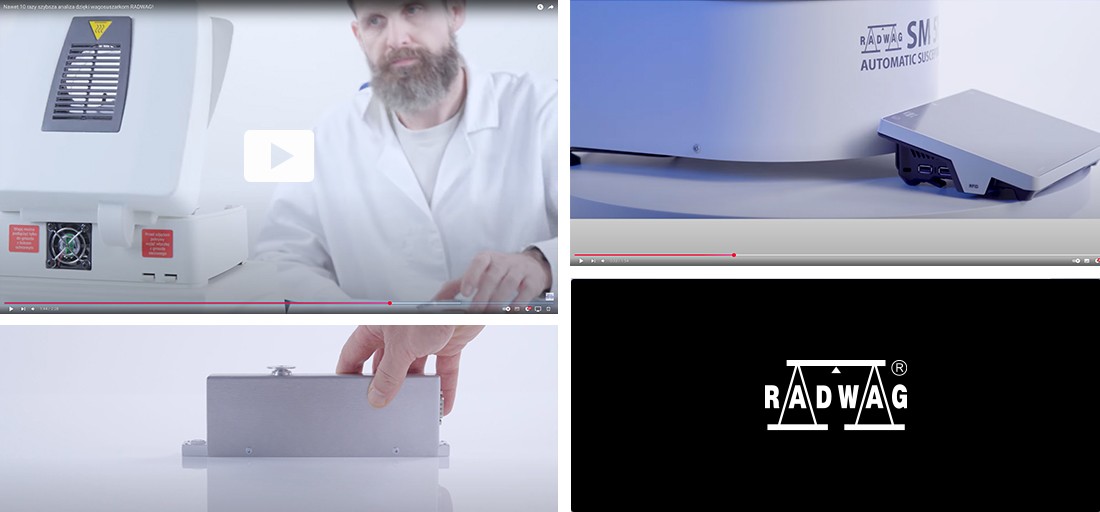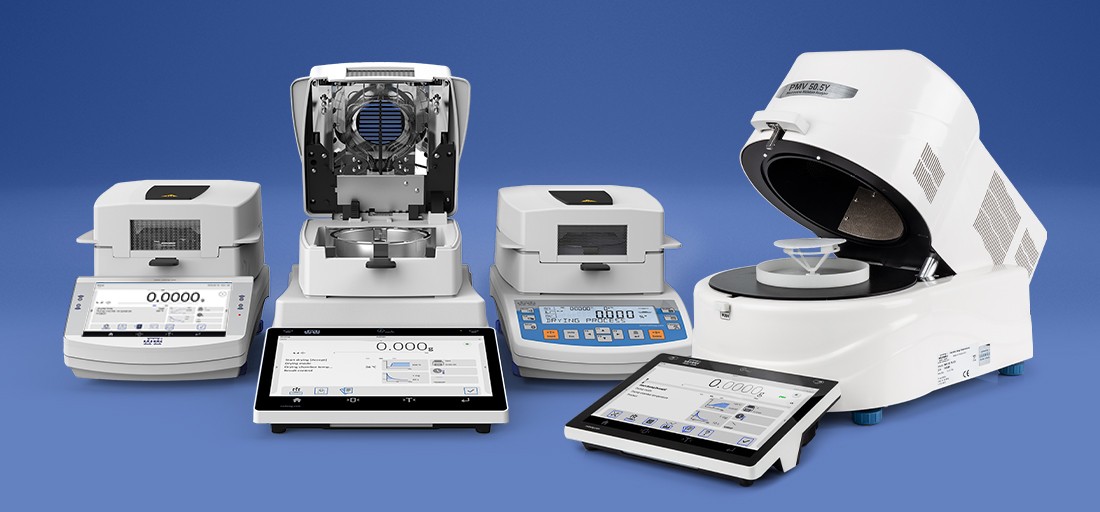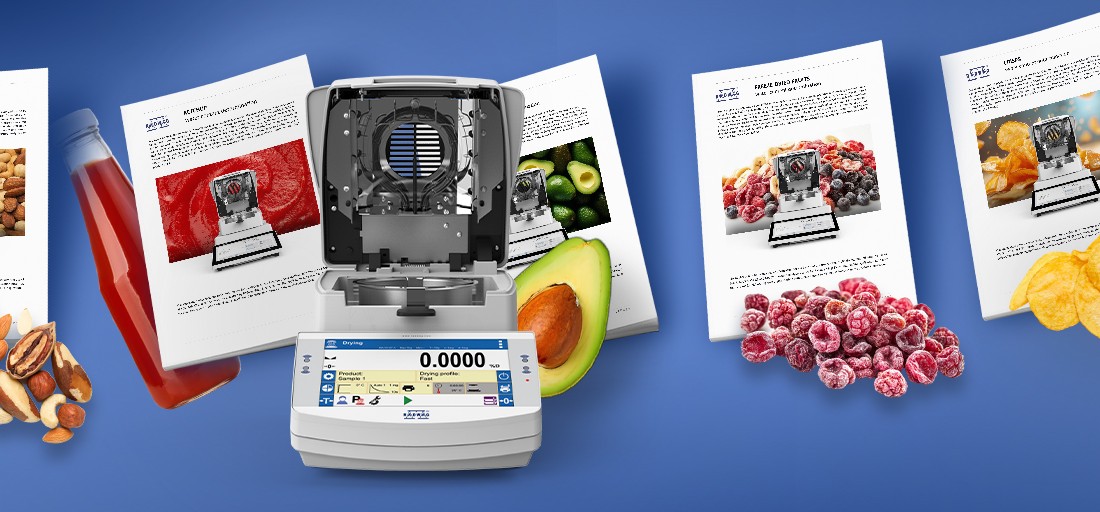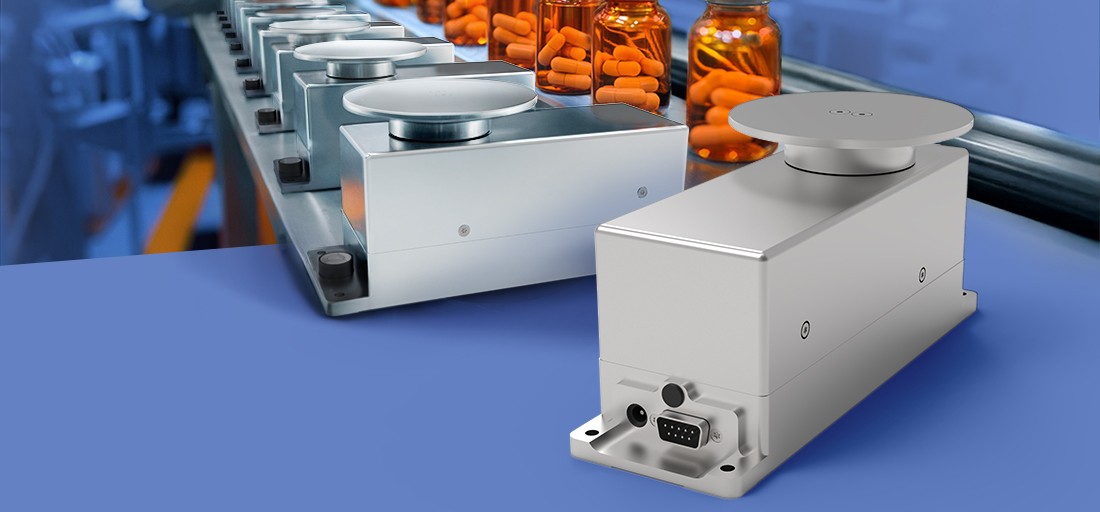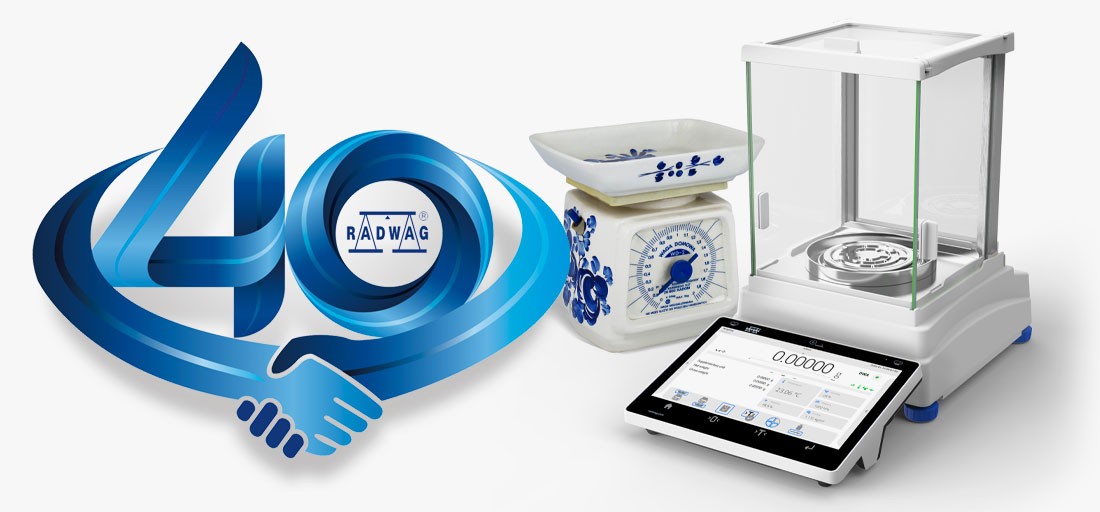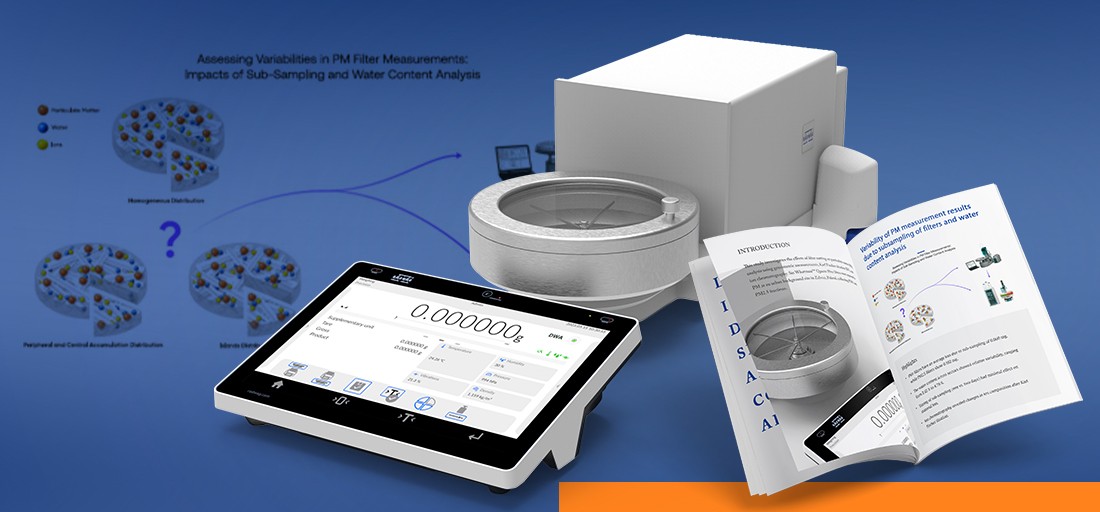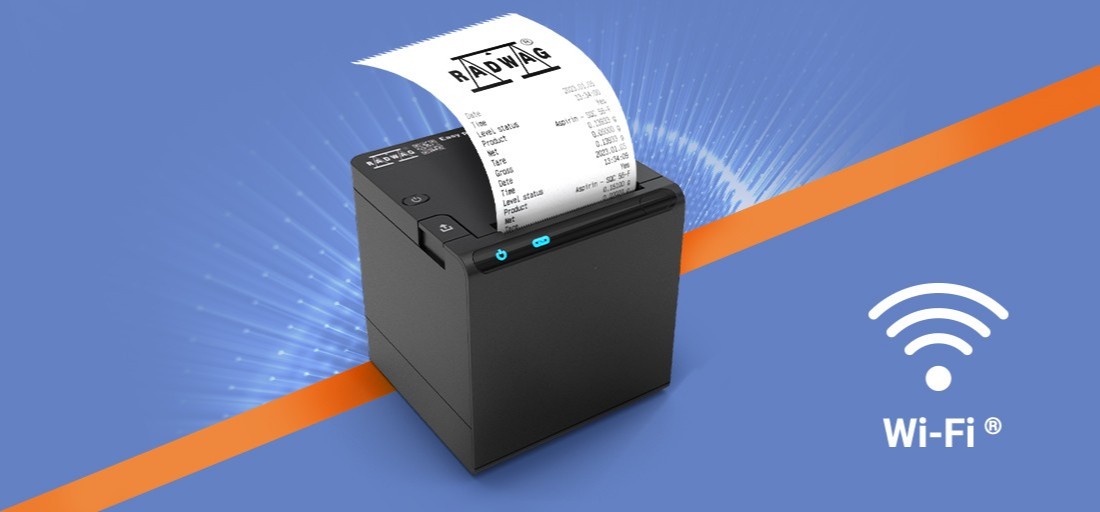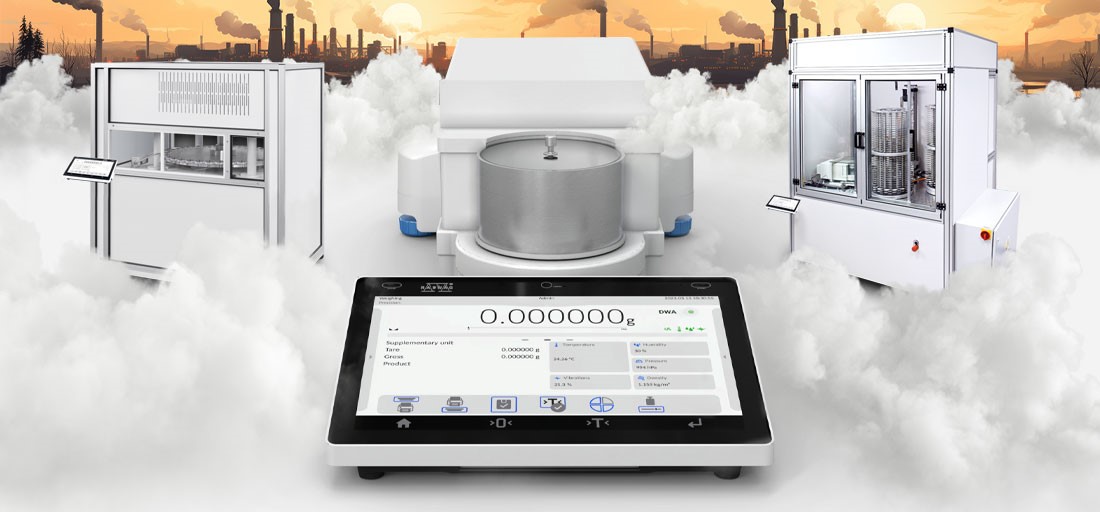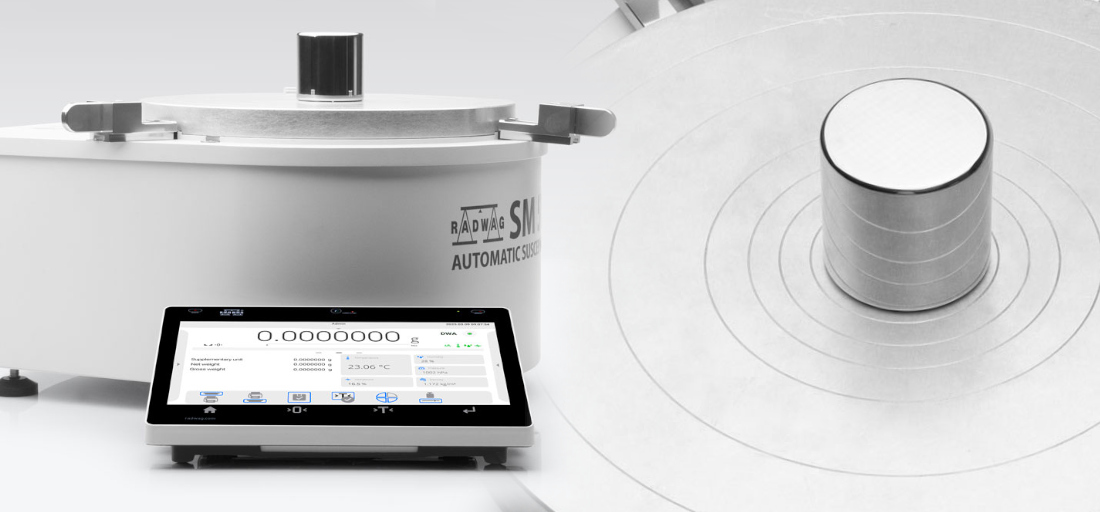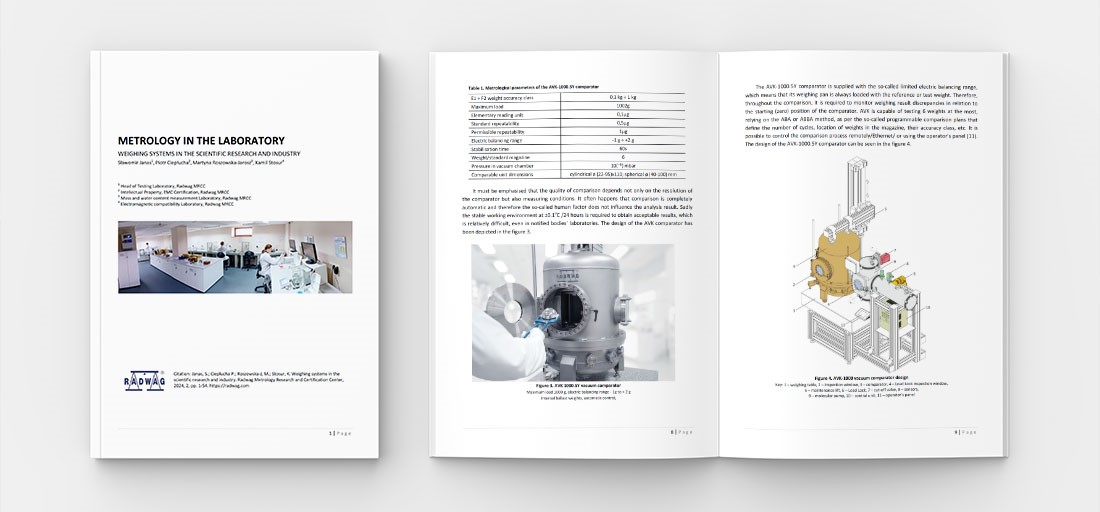‘Checking and Calibration of Fixed and Variable Volume Piston Pipettes Using a Gravimetric Method.’ What is the Publication of Slawomir Janas, PhD, about?

Liquids are a popular subject of scientific and laboratory research. Fluid volume plays a key role in the accuracy of the analysis performed. Initially, pipettes were used to transfer volumes, through which the researcher drew a certain amount of substance by mouth. Because over time this method was considered dangerous to health and life, pipetting by mouth was banned in some countries. It was replaced by mechanical or electronic instruments, such as pipettes, burettes and dilutors, which permanently eliminated the risks associated with the absorption of harmful agents by the researcher.
It is pipettes, specifically piston pipettes, that have become the subject of interest to the author of the publication entitled ‘Checking and Calibration of Fixed and Variable Volume Piston Pipettes Using a Gravimetric Method’ by Slawomir Janas, PhD.
How Does a Piston Pipette Work and What Are the Types of Piston Pipettes?
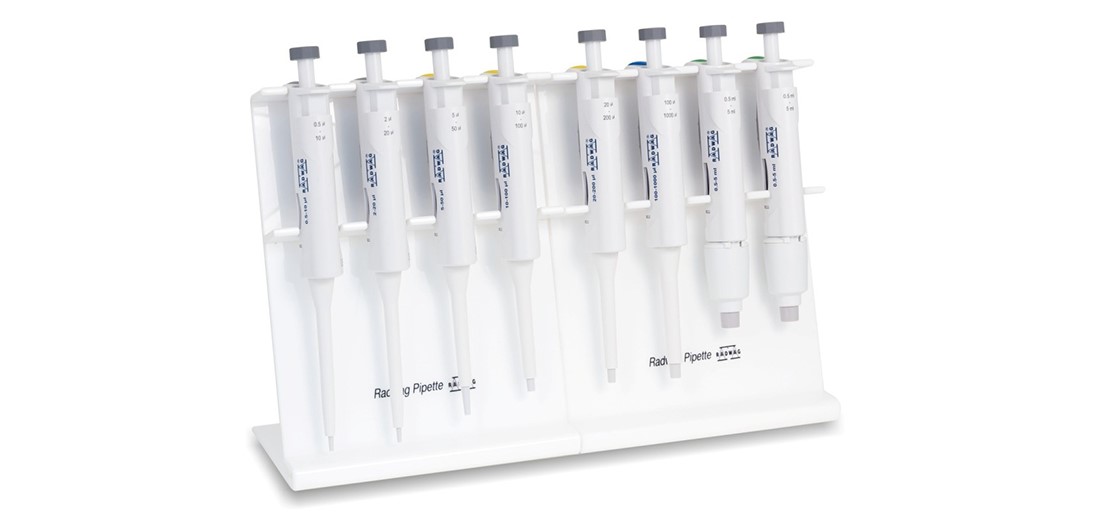
At the beginning of his paper, the author describes the mechanism of the piston pipette: pressure (manual or automatic) on the plunger pushes the liquid out of the pipette opening for dispensing. He then lists the types of piston pipettes. The criteria for dividing these instruments are several. The researcher distinguishes between, first, fixed-volume and variable-volume pipettes. Fixed-volume pipettes allow dispensing only a certain dose of liquid without adjusting the amount, while variable-volume pipettes allow adjusting the dispensed volume within the range provided by the manufacturer.
Another division of pipettes is based on the way the liquid is drawn into the pipette (type A and type D pipette). It is possible to aspirate a dose of liquid so that the liquid is separated from the pipette piston by a so-called air cushion, the volume of which can be called the pipette's air dead zone (type A pipette). In the pipette of the second type, the aspirated liquid is in direct contact with the pipette piston, which reduces the problem of inaccuracy resulting from the existence of the air cushion (type D pipette).
In addition, there are single-channel and multi-channel pipettes, as well as manually operated pipettes and semi-automatic electronically controlled pipettes.
What is the Gravimetric Method of Checking and Calibrating Piston Pipettes?
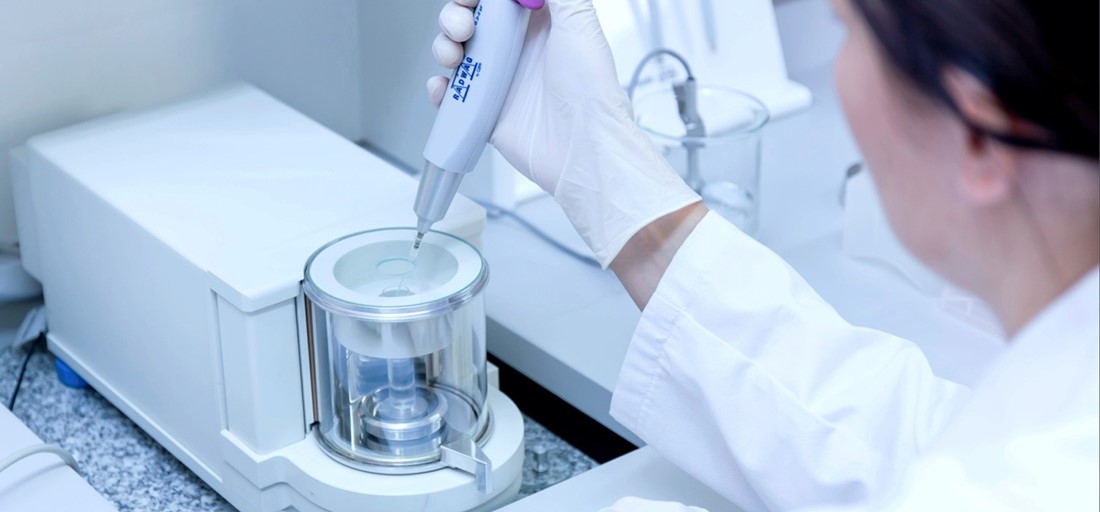
In this process, the gravimetric method is used to record the mass of expelled liquid, which requires converting the weighing results into volume. For this purpose, one of two methods must be chosen. The first method is based on a general formula to calculate the volume of the liquid, taking into account such factors as the effect of evaporation of the liquid in the cycle, the density of atmospheric air, the density of the mass standard, the density of water, the coefficient of thermal expansion of the pipette, and the temperature of the test.
The second method is simpler, as all these factors are taken into account in the so-called Z-correction factor. The conversion of liquid mass to volume involves using the appropriate value of the index at which the test is conducted (this value already takes into account the density of water, atmospheric pressure and temperature).
All the formulas and values mentioned here are included in the publication by Slawomir Janas, PhD, titled ‘Checking and Calibration of Fixed and Variable Volume Piston Pipettes Using a Gravimetric Method.’
The topic raised in the publication concerns such RADWAG products as:
- AP-12.1.5Y Automatic Device for Multichannel Pipette Calibration
- MYA 21.5Y.P Microbalance
- XA 6/21.5Y.M.A.P Microbalance
- XA 82/220.5Y.A Analytical Balance
- XA 82/220.5Y Analytical Balance
- SDKP Workstation for Pipettes Calibration
- 0.5 μl ÷ 10 μl - RW8-101-20-9 Automatic Pipettes
We encourage you to read it.



